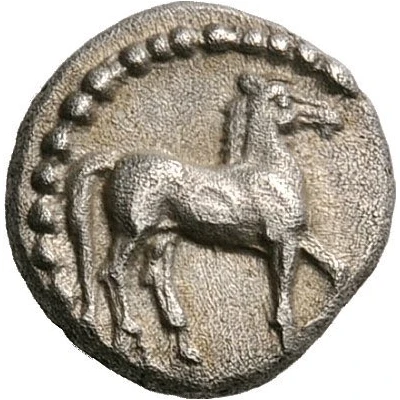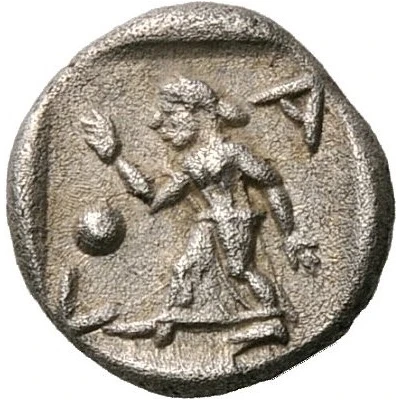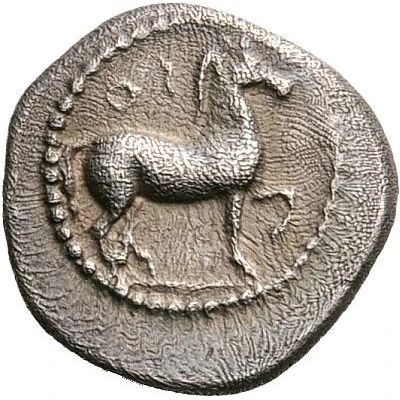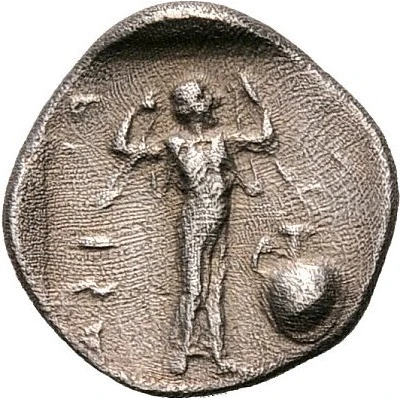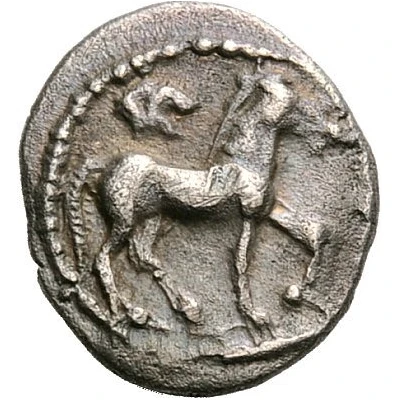
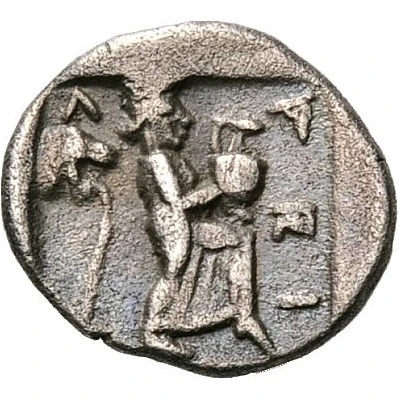

© Nomos AG
Obol 460 BC - 440 BC
| Silver | 0.88 g | - |
| Issuer | Larissa (Thessaly) |
|---|---|
| Type | Standard circulation coin |
| Years | 460 BC - 440 BC |
| Value | Obol (⅙) |
| Currency | Drachm |
| Composition | Silver |
| Weight | 0.88 g |
| Shape | Round (irregular) |
| Technique | Hammered |
| Demonetized | Yes |
| Updated | 2024-10-10 |
| Numista | N#170975 |
|---|---|
| Rarity index | 97% |
Reverse
Nymph, Larissa, walking to right, balancing a hydria on her raised left knee. Behind her, fountain spout in the form of a lion’s head to right, from which water pours
Script: Greek
Lettering: Λ ΑRΙ
Comment
Herrmann Group IIb, pl. I, 15.
Interesting fact
The Obol coin from Larissa (Thessaly) was used as a form of currency in ancient Greece during the 5th century BC. It was made of silver and weighed approximately 0.88 grams. Despite its small size, the Obol was an important coin in ancient Greece, as it was used to buy small items like food and other everyday goods. It's fascinating to think that this coin was used in everyday transactions over 2,000 years ago!
